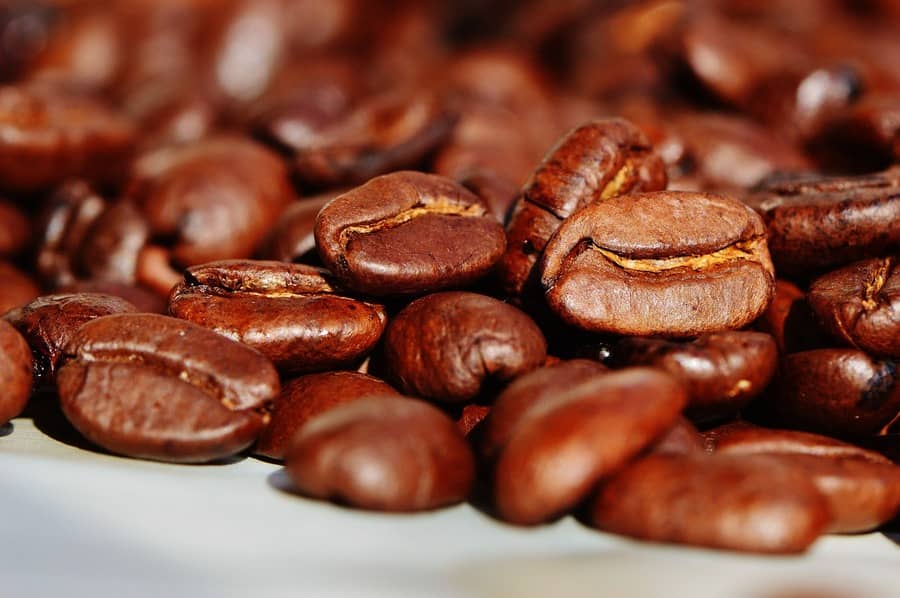The internal physical market begins October looking for a slight recovery, after the losses at the end of September, trying to follow the ICE US earnings. However, the fall in the dollar and weaker FOB port differentials end up taking strength from prices, inhibiting the corrective movement. In this way, good cup in the south of Minas Gerais is bidded at BRL 1,280 a 60-kg bag in the physicals, with distant sellers talking about BRL 1,320 a bag.
In real terms, with the price series updated by the IGP-M, good cup is on the sidelines and already working below the deflated reference for the same period last year, even going against the seasonal behavior, which indicates an appreciation of prices over the last quarter of the year. Even so, still well above the deflated 5-year average, in a region quite favorable for sellers.
The report on the blossoming of Brazil’s 23 crop and the more beneficial climate scenario end up inhibiting bullish moves, with the influence of the next Brazilian crop overshadowing bullish expectations in the physicals. The low physical availability and the sellers’ restraint serve as a mitigating factor and helps to inhibit losses.
Fine cup is bidded at BRL 1,320 a bag in Cerrado and Mogiana, with offers around BRL 1,380 a bag. Fine cherry coffee is indicated between BRL 1,370 and 1,420 a bag. The expectation of an improvement in the supply of milds from Colombia and Central America, which start a new production cycle in the last quarter of the year, also justifies the lack of strength of both fine and cherry cups. In any case, supply remains very short, inhibiting bearish advances and guaranteeing some support for prices.
Rio cup is also showing a slight recovery, ranging from BRL 1,080 to 1,100 per bag with 20% of defects in the Matas de Minas region. Short external demand inhibits bullish moves, with industries working on a hand-to-mouth basis and switching from arabica to robusta in their blends. The local growers’ preference for making cash with weaker arabicas brings additional negative pressure to the Rio cup.
Conillon coffee ended up retreating, given the weakness of robusta on ICE Europe and the fall in the dollar. The idea for conillon type 7/8 in Colatina (Espírito Santo) dropped to BRL 710 a bag. Robusta’s export parity remains a benchmark for the roasted and ground domestic industry, which should continue to provide commercial momentum for conillon. The fact is that the high premium of Brazilian conillon continues to take away external competitiveness, which favors the strategy of the domestic industry.
Finally, the indication of arabica hard cup with 600 defects ranges from BRL 1,240 to 1,290 a bag. The high price difference between arabica and conillon explains the preference of the domestic roasted and ground industry for the latter.

